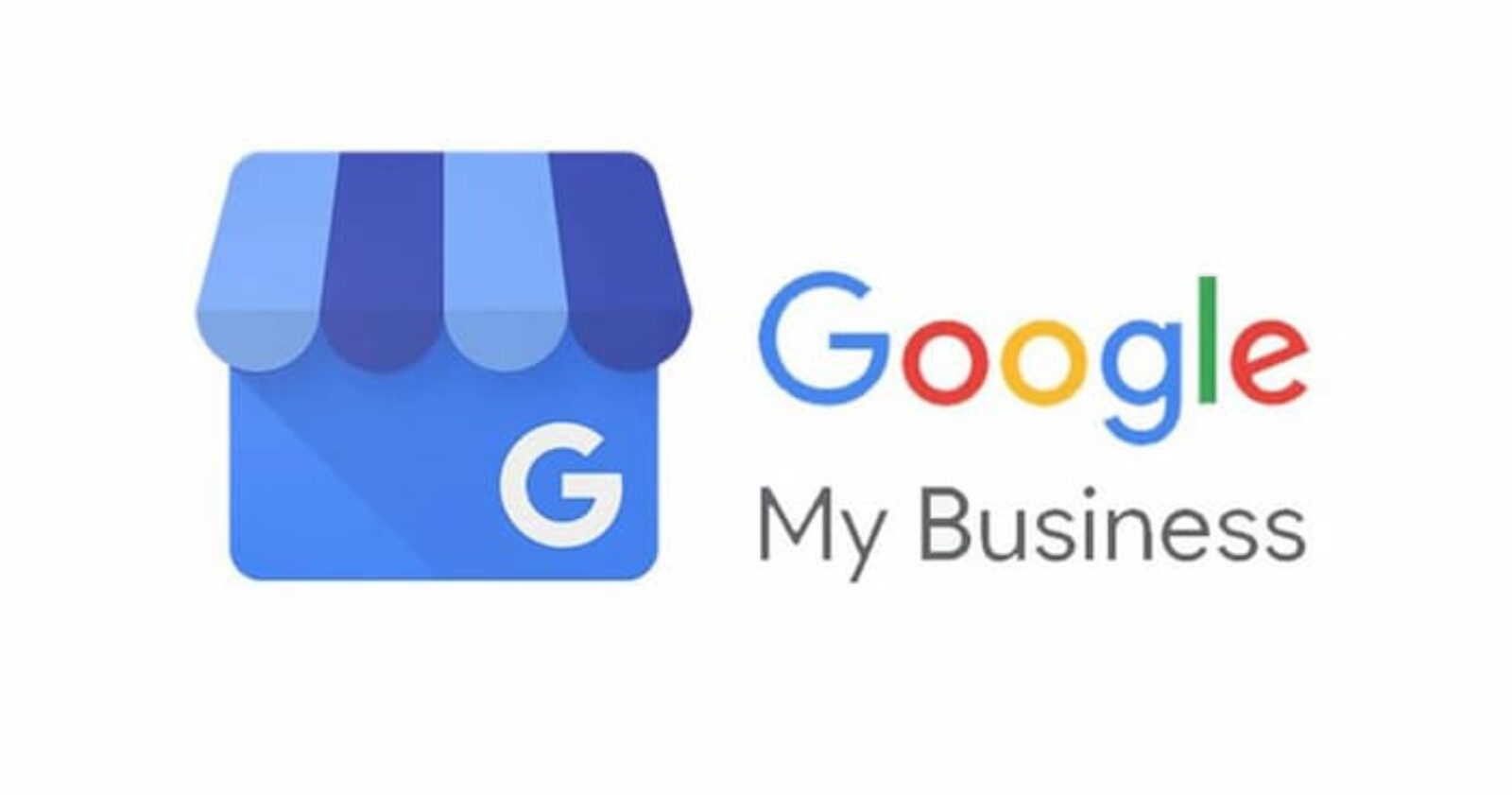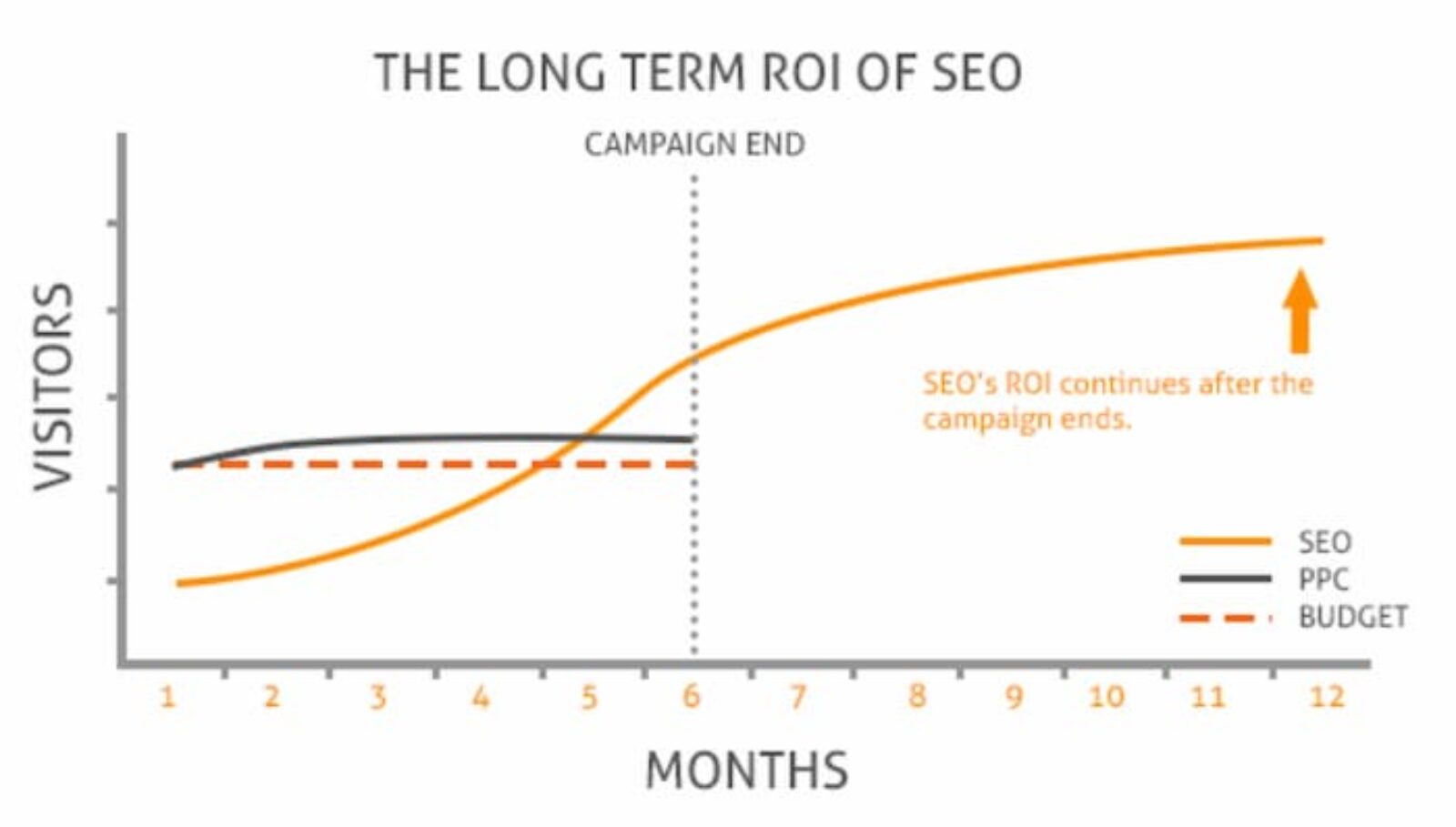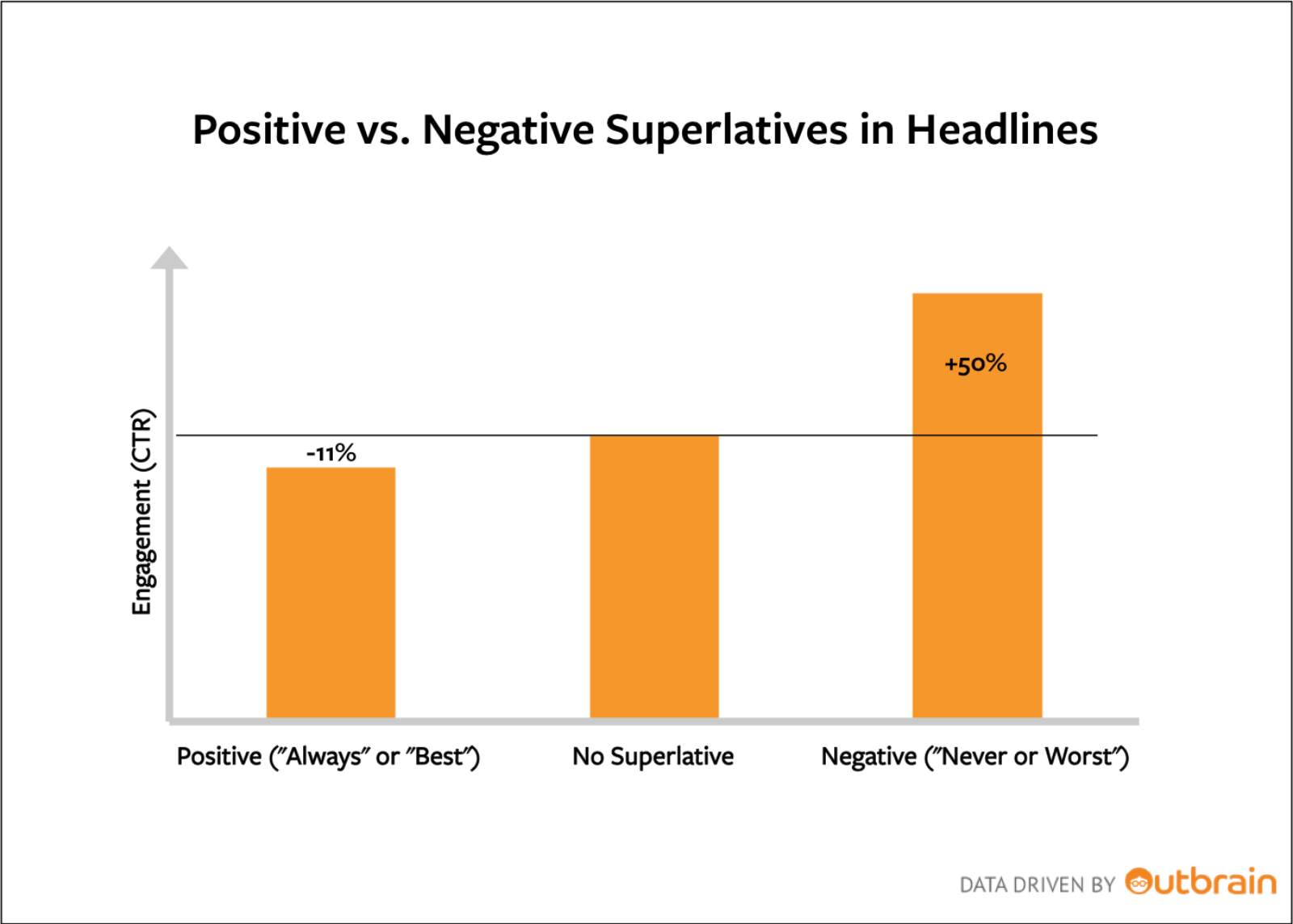Content strategy keyword research Link building Local SEO On-page optimization SEO strategy Technical SEO
7 Advanced SEO Strategies To Grow Website Traffic
Everyone has a website these days, but not everyone is ranking on the first page. How do you send droves of traffic to your website when thousands of others are competing for the same keywords? Here are some well-known advanced SEO strategies that are proven to increase...
January 25, 2021by Christian CarereLink building On-page optimization SEO strategy Technical SEO Web development
6 Different Types Of SEO Techniques
SEO is a practice that consists of many different tactics, strategies and efforts. It’s an umbrella term that can cover a wide spectrum of different types of SEO techniques that will make your website more optimized for search engines.Some websites will need more than...
December 31, 2020by Christian CarereContent strategy keyword research Link building On-page optimization Web development
14 SEO Myths To Eliminate For 2021
When you look at the bigger picture, the internet is still in its infancy. We’ve seen many drastic changes since Google emerged as the dominant search engine and they continue to make changes to its algorithm daily. Every so often algorithm changes can shake up the entire SEO...
The Advantages Of An Internal Link Building Strategy
Every website needs a link building strategy. Most people who are familiar with link building will immediately think of external links and the many link building tactics that have become the norm for acquiring backlinks. The truth is you need an internal link building...
Create A Custom SEO Strategy For Long-term Growth
Establishing an effective, custom SEO strategy for your business is more important now than it ever has been. The global pandemic has created a strong awareness of the options that exist to people in a contactless environment.Many people will continue to explore those...
50 Ways To Improve On-Page SEO [Infographic]
Almost everything we do on a daily basis is somehow integrated with a website, an app or Google search. For most companies, generating leads from Google is a major source for new clients. This article will show you how to improve on-page SEO on any website for any keywords in...
What Are Google SERP Features?
The first page of results is often referred to as a SERP (Search Engine Result Page). It’s the most important page of search results because 95% of the total search volume will end up clicking on a result on the first page but less than 5% will venture past to the second...
10 Amazing Headline Strategies To Improve CTR
Following a few good headline strategies can completely change the appeal of your content. Your headline is the most important component of your article. The success of your article hinges upon having an interesting headline that makes people want to know more.Making a...





![50 Ways To Improve On-Page SEO [Infographic]](https://digitalducats.com/wp-content/uploads/2020/04/improve-on-page-seo-header-1600x900.png)



